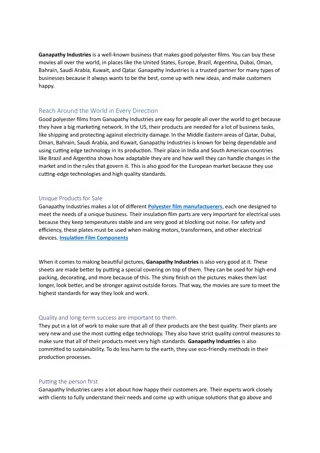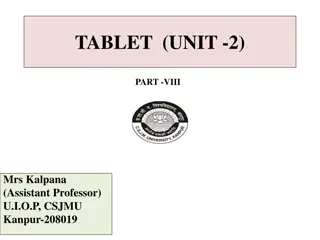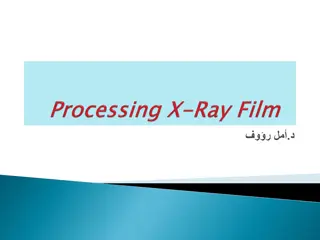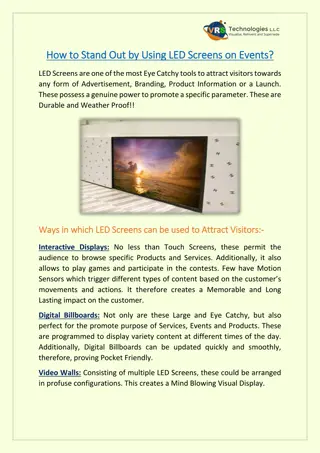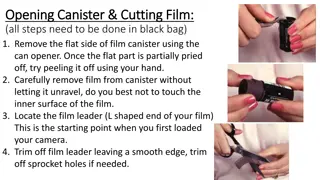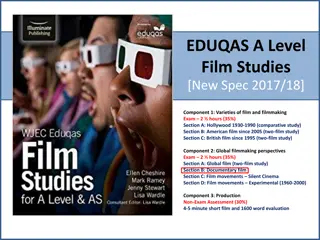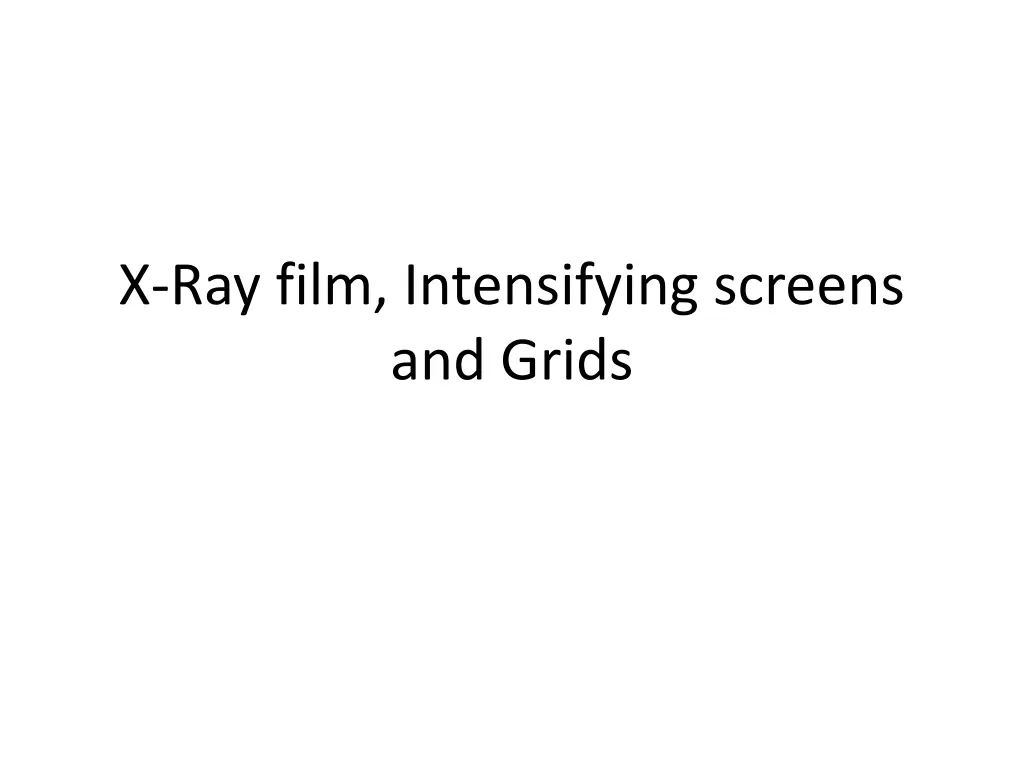
Understanding X-Ray Film: Components and Photosensitivity
Explore the composition of X-Ray film, including emulsion, base, and silver halide grains, as well as the importance of vehicle matrix and additives like iodide and gold. Learn how silver halide grains' photosensitivity is influenced by sulfur compounds, with insights into film processing and protection layers.
Download Presentation

Please find below an Image/Link to download the presentation.
The content on the website is provided AS IS for your information and personal use only. It may not be sold, licensed, or shared on other websites without obtaining consent from the author. If you encounter any issues during the download, it is possible that the publisher has removed the file from their server.
You are allowed to download the files provided on this website for personal or commercial use, subject to the condition that they are used lawfully. All files are the property of their respective owners.
The content on the website is provided AS IS for your information and personal use only. It may not be sold, licensed, or shared on other websites without obtaining consent from the author.
E N D
Presentation Transcript
X-Ray film, Intensifying screens and Grids
X ray film It has 2 principal components: Emulsion and Base Emulsion is sensitive to x rays and visible light, records the r/g image Base is a plastic supporting material onto which emulsion is coated
Emulsion 2 principal components are silver halide grains, which are sensitive to x radiation and visible light Vehicle matrix in which crystals are suspended Silver halide grains are composed primarily of silver bromide crystals Iodide is added to ultra speed film coz of its larger diameter disrupts the regularity of silver bromide crystal structure, and increasing sensitivity to x radiation
Photosensitivity of silver halide crystals also depends on the presence of trace amounts of sulphur containing compound In addition, trace amounts of gold are sometimes added to silver halide crystals to improve their sensitivity Silver halide grains in Insight film are flat, tabular crystals with a mean diameter of about 1.8 m Ultraspeed film is composed of globular shaped crystals about 1 m in diameter Tabular grains of insight film are oriented parallel with film surface to offer a large cross sectional area to x ray beam As a result, insight film requires only about half the exposure of ultraspeed film
Silver halide grains are suspended in a supporting vehicle that is applied to both sides of supporting base Vehicle composed of gelatinous and nongelatinous materials, keeps silver halide grains evenly dispersed A thin layer of adhesive material is added to base to ensure good adhesion of emulsion to film base During processing, vehicle absorbs processing solutions, allowing chemicals to reach and react with silver halide grains An additional layer of vehicle is added to film emulsion as an over coat This helps protect film from damage by scratching, contamination or pressure from rollers
Film emulsions are sensitive to both x ray photons and visible light Film intended to be exposed by x rays is called direct exposure film Screen film , which is sensitive to visible light, is used with intensifying screens that emit visible light
Base It supports the emulsion It must the proper deree of flexibility to allow easy handling of the film It is 0.18mm thick and is made of polyester polyethylene terephthalate It is uniformly translucent and casts no pattern on resultant r/g Base with slight blue tint improve viewing of diagnostic detail Base must also withstand exposure to processing solutions without becoming distorted
Intraoral x ray film Film is a double emulsion film, that is coated on both sides of base with emulsion With double layer of emulsion, less radiation can be used to produce an image One corner of each film has a small, raised dot that is used for orientation Film packets contain either one /two sheets of film Second film serves as a duplicate record Film is encased with a black wrapper and then in an outer white paper or plastic wrapping
B/w the wrappers in packet is a thin lead foil backing with an embossed pattern Foil is behind the film, away from tube It serves: sheilds film from backscatter radiation It also reduces pt exposure by absorbing some residual x ray beam
Periapical view Are used to record the crowns, roots and surrounding bone 3 sizes available: 0 for small children, 22x35mm 1, relatively narrow to view anterior teeth, 24x40mm 2, standard film used for adults, 31x41mm
Bitewing view Are used to record the coronal portions of maxillary and mandibular teeth in one image Useful for detecting interproximal caries Evaluate height of alveolar bone Films often have a paper tab projecting to support the film
Occlusal film It is more than 3 times larger than size 2 film, 57x76mm Used to show larger areas of maxilla and mandible they obtain right angle views to usual periapical film Pt bite lightly onto film to support it b/w occlusal surfaces of teeth
Screen film It is used with intensifying screens to reduce pt exposure It is designed to be sensitive to visible light coz it is placed b/w two intensifying screens when an exposure is made Screens absorb x rays and emit visible light, which exposes the screen film Silver halide crystals are inherently sensitive to UV and blue light and thus are sensitive to screens that emit UV and blue light When film is used with screens that emit green light, silver halide crystals are coated with sensitizing dyes to increase absorption
Intensifying screens Phosphors are been incorporated into intensifying screens for use with screen film these phosphors fluoresce when exposed to x ray beam Sum of the effects of x rays and visible light emitted by the screen phosphors exposes the film in an intensifying cassette
Function: presence of intensifying screens created an image receptor system that is 10-60 times more sensitive to x rays than film alone Use of intensifying screens means a substantial reduction in the dose of x radiation to which pt is exposed Resolving power of screens is related to their speed: Slower the speed of film, greater is the resolving power
Composition Base supporting material A phosphor layer Protective polymeric coat Intensifying screens are used in pairs, one on each side of the film and are positioned inside a cassette Purpose of cassette is to hold each intensifying screen in contact with x ray film to maximize the sharpness of image Most cassetes are rigid, but may be flexible
Base Base material is some form of polyester plastic about 0.25mm thick It provides mechanical support for other layers In some, intensifying screens base are also reflective and it reflects light emitted from phosphor layer back toward the x ray film Some unsharpness results coz of the divergence of light rays reflected back to the film Some fine detail intensifying screens omit this reflecting layer to improve image sharpness In some, base is not reflective and a seprate coating of titanium di oxide is applied to base material to serve as a reflecting layer
Phosphor layer It is composed of phosphorescent crystals suspended in a polymeric binder When crystals absorbs x ray photons, they fluoresce Phosphor crystals often contain rare earth elements, commonly lanthanum and gadolinium Their fluoresence can be increased by the addition of small amounts of elements such as thulium, niobium, or terbium A pair of rare earth intensifying screens absorbs about 60% of photons that reach the cassete after passing through a pt
These phosphors are about 18% efficient in converting x ray energy to visible light Rare earth screens convert each absorbed x ray photon in to about 4000 lower energy, visible light photons These visible photons then expose the film
Speed and resolution of screen depends on Phosphor type and phosphor conversion efficiency Thickness of phosphor layer and coating weight Presence of reflective layer Presence of light absorbing dye in phosphor binder or protective coating Phosphor grain size
Fast screens have large phosphor crystals and efficiently convert x ray photons to visible light but produces images with lower resolution As size of crystals or thickness of screen decreases, speed of screen also declines but sharpness increases Fast screens also have thicker phosphor layer and a reflective layer, these also decrease sharpness
Protective coat A protective polymer coat, upto 15 m thick is placed over phosphor layer to protect the phosphor and provide a surface that can be cleaned Intensifying screen should be kept clean because any debris, spots or scratches may cause light spots on the resultant radiograph








